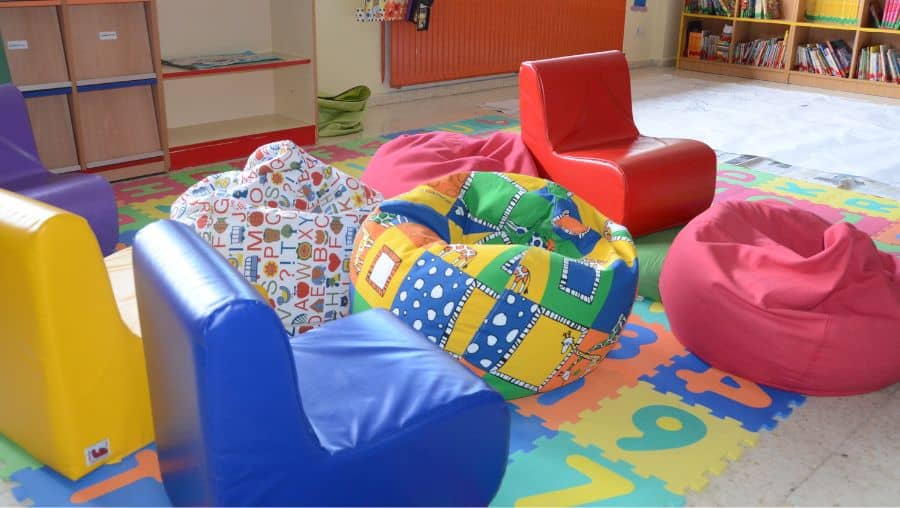Sensory-Friendly Strategies: Creating a Supportive Learning Environment
For educators and parents alike, creating a supportive learning environment is crucial to ensuring students’ academic and emotional success with sensory sensitivities. At The Deron School, we recognize the significance of fostering an inclusive and sensory-friendly space that empowers all learners to thrive. In this blog, we will explore the importance of sensory-friendly strategies and their positive impact on our students’ overall development.
Understanding Sensory Sensitivities
Sensory sensitivities refer to the challenges some individuals face when processing sensory information from their surroundings. For students with sensory processing disorders or conditions such as autism spectrum disorder, the world can be overwhelming and disorienting due to heightened sensitivity to light, sound, touch, taste, or smell. This heightened sensitivity can significantly impact their ability to focus, learn, and engage in a traditional learning environment.
Creating a Sensory-Friendly Learning Environment
Classroom Layout and Organization
A well-organized, clutter-free classroom can minimize sensory overload. Ensure that desks and furniture are arranged to allow for easy navigation and that there are designated areas for quiet time or sensory breaks.
Lighting and Visuals
Soft and adjustable lighting can create a calming atmosphere. Consider using blackout curtains, or dimmer switches to control the intensity of natural light. Minimize distracting visual elements and create precise visible schedules and cues to aid in transitioning between activities.
Noise Control
Noise is a significant factor that can trigger sensory sensitivities. Implement sound-absorbing materials like carpets or acoustic panels in the classroom. Additionally, providing noise-canceling headphones or quiet corners can offer students a retreat when the environment becomes overwhelming.
Sensory Tools
Incorporate sensory tools like fidget toys, stress balls, or tactile objects into learning activities. These tools help students self-regulate and maintain focus during lessons.
Calming Areas and Breaks
Designate specific areas where students can take sensory breaks when needed. Stock these spaces with calming items such as bean bags, weighted blankets, or sensory bottles to help students reset and recharge.
Flexible Seating Options
Offer flexible seating choices such as stability balls, wobble stools, or standing desks. This variety allows students to find the most comfortable position for their needs.
Collaboration Between Teachers and Parents
Creating a sensory-friendly environment requires collaborating with teachers, parents, and school administrators. Regular communication and sharing of strategies between these stakeholders ensure consistency and maximize the effectiveness of the support provided to the student.
The Positive Impact of Sensory Integration
The positive impact of sensory-friendly strategies on students at The Deron School is evident in various ways:
Improved Focus and Engagement
Reduced sensory distractions enable students to concentrate better on tasks and actively participate in classroom activities.
Enhanced Emotional Regulation
Students learn to recognize their sensory triggers and develop coping strategies to manage emotions effectively.
Increased Social Interaction
A supportive environment fosters meaningful peer interactions, promoting social growth and development.
Academic Progress
Academic achievements soar when students feel safe and comfortable in their learning environment.
Choose The Deron School
Creating a sensory-friendly environment at The Deron School is an ongoing commitment that reflects our dedication to nurturing the holistic development of our students. By implementing sensory-friendly strategies, we empower students to reach their full potential academically, emotionally, and socially. If you believe that your child would benefit from our wide array of resources and services, don’t hesitate to contact us with any admission inquiries.
